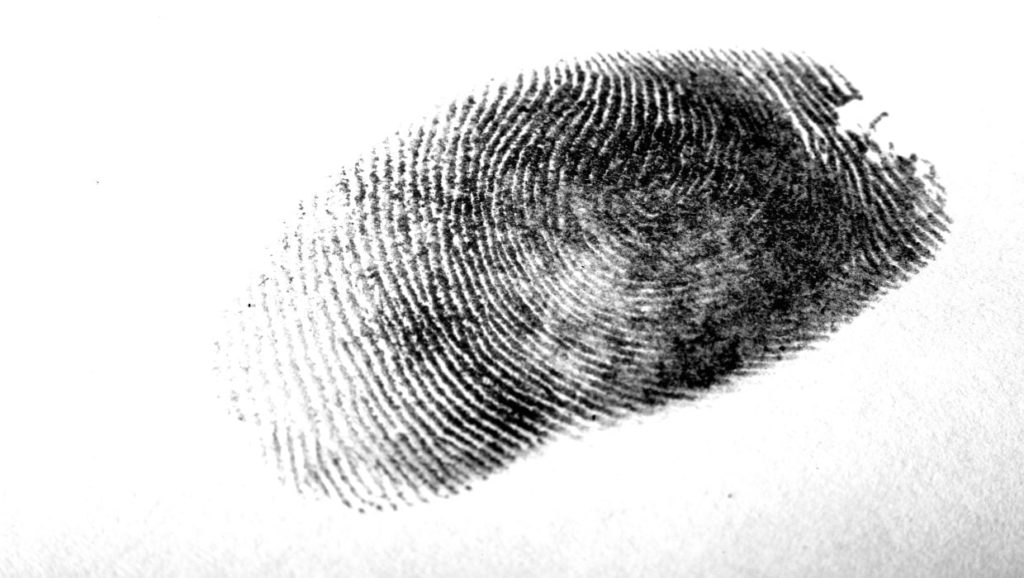The field of biometrics may sound modern and sophisticated, but it has been around for several hundred years. Fingerprints have been used to authenticate and identify people for centuries now. Here’s a look at some of the most well-known incidences of biometrics in history:
- The Chinese Emperor Ts’In She used fingerprints to authenticate special crown seals back in 2nd Century BC. The fingerprint was proof that the seals were official and could be used in court correspondences, declarations, and documents.
- The first commercial use of fingerprints was recorded in 1858. It was carried out by William James Herschel, the British Administrator of India. He hired subcontractors to build rail-roads in Bengal and asked them to ‘sign’ the contract using fingerprints. That made it easier to enforce the contract and find defaulters if necessary.
- A French police officer by the name of Bertillon was the first recorded individual to use biometrics in policing. He measured the specific physical characteristics of criminals and maintained a record of them. This made it easier to identify repeat offenders.
- The French Police department located in Paris established a Forensic Identification Unit in 1888. They carried out identification based on mug shots and anthropometry. The institute had four prints by 1894 and ten by 1904. Mug shots and anthropometry are still valid forensic identification methods and are used widely by police from all over the world.
- The UK Metropolitan police department started using biometrics soon after, establishing their institute to govern the field and establish forensic standards back in 1901.
- New York City police started using forensics in 1902 and the FBI was established in 1924. The FBI is well-known for their forensic expertise and sophisticated labs. They rely on different kinds of biometrics from fingerprint analysis to DNA assessment for solving all kinds of crimes.
These are just historical examples of using physical or morphological samples to identify people. However, people have also used behavioral characteristics to establish identity. Morse code is a good example of using behavioral characteristics to send authenticated messages.
Morse code and telegraph communications were used in World War II to communicate important information. Throughout history, biometrics has been used for military and government administration purposes. Today, there are three primary ways to establish and confirm someone’s identity.
Government issues cards or paperwork is the most common method. People can also be identified with the help of passwords, secret codes, or unique IDs. Facial features, fingerprints, DNA, dental records, and handprints are some of the most concrete ways of confirming someone’s true identity because they can’t be easily falsified.
